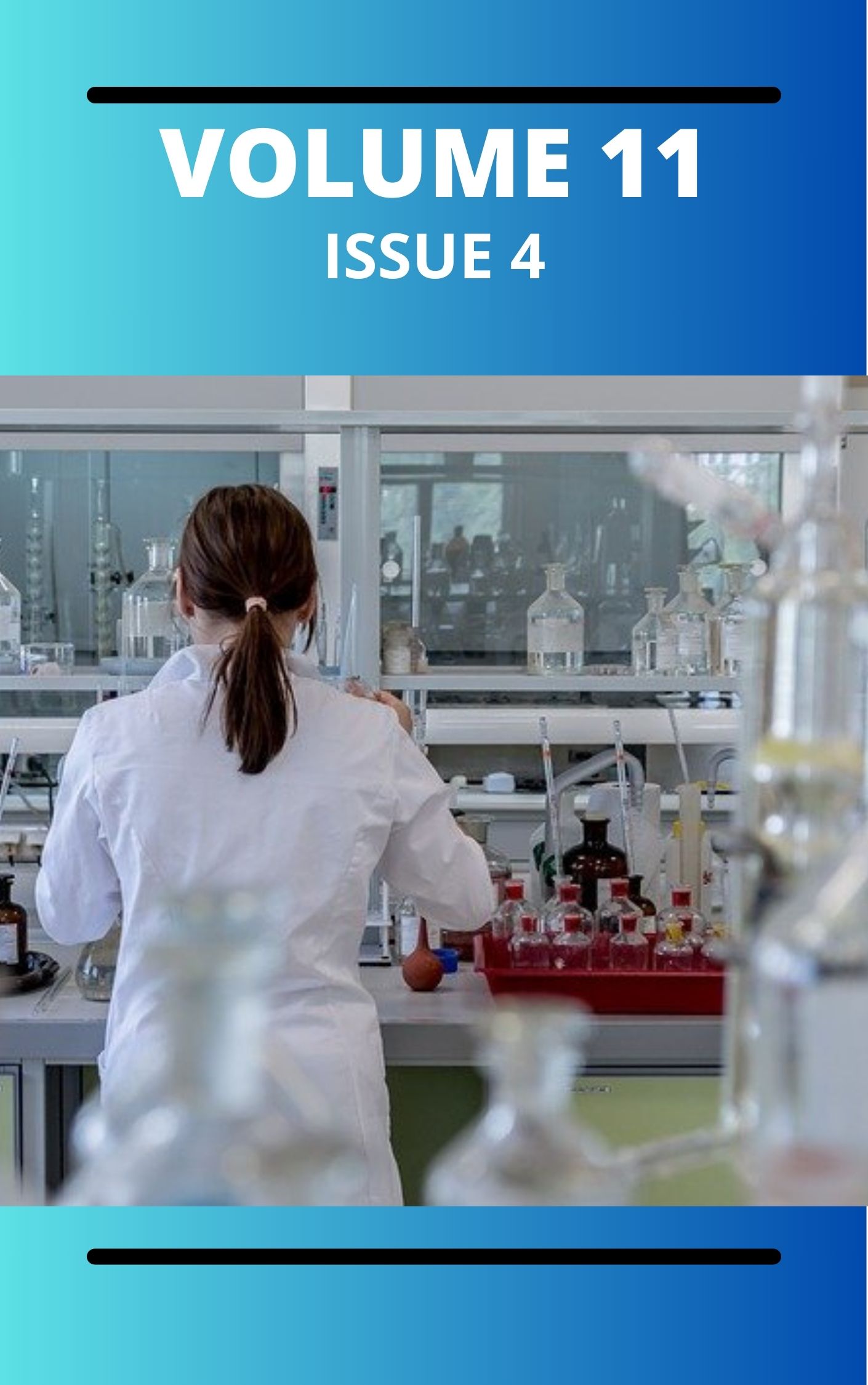A Multidisciplinary Approach to Historic Building Preservation
DOI:
https://doi.org/10.4314/pqk30v81Keywords:
Multidisciplinary approach, historic building, structural engineering, conservation, material Science, non-destructiveAbstract
Structural engineering in particular must work with other disciplines to accomplish the vital goal of preserving cultural heritage. The preservation of historic buildings guarantees that next generations will be able to experience and learn from these cultural objects, which serve as the physical embodiment of cultural identity and history. But structural problems frequently affect these structures, endangering their durability and structural integrity. While structural engineering is essential for identifying and resolving these problems, it cannot function alone. To create successful preservation plans that honor the structural and cultural characteristics of these structures, a multidisciplinary approach combining knowledge from material science, architecture, history, and conservation is required. Through a multidisciplinary perspective, this research investigates the function of structural engineering in the preservation of historic buildings. Through an analysis of case studies and existing practices, it draws attention to the advantages, difficulties, and potential paths forward of a cooperative approach to cultural asset conservation.
Downloads
Published
Issue
Section
Similar Articles
- Kayode I. Ogungbemi, Analysis and Estimated Daily Dose Intake of Toxic Metals in Commonly Used Building Materials and Its Health Impacts on the Society in Lagos, Southwest Nigeria , Communication In Physical Sciences: Vol. 8 No. 3 (2022): VOLUME 8 ISSUE 3
- Musa Runde, M. H. Shagal, Y. Abba, Cow Dung and Kitchen Waste as Economical Source of Biogas: Production and Analysis , Communication In Physical Sciences: Vol. 7 No. 3 (2021): VOLUME 7 ISSUE 3
- Imaobong T. Adenugba, Nkeneke E. Akpainyang , Emem I. Ntekpere, Eteyen A. Uko, Agnes M. Jones, Incidence of Tinea pedis and Eczema among Male and Female Students: Effect of Hydraulic Oil and Antifungal Creams , Communication In Physical Sciences: Vol. 6 No. 1 (2020): VOLUME 6 ISSUE 1
- Joy N. Egbucha, Eze C. Victor, Nlemchukwu N.C. Benjamin, Obikee M. Caroline, Joseph N. Aniezi, Ifeanyi E. Otuokere, Phytochemical, Anti-inflammatory, Antioxidant, Toxicity and Antimicrobial Activities of Sarcophrynium brachystachys (Benth) K. Shum Leaves , Communication In Physical Sciences: Vol. 11 No. 2 (2024): VOLUME 11 ISSUE 2
- Christabel M. Eteghwia, Enoo Ojaikre, Efeturi A. Onoabedje, Chinweike C. Eze, Patience O. Adomi, 7-Chloroquinoline Sulphonamide Derivatives: Synthesis, Characterization, Biological and Drug-likeness Evaluation , Communication In Physical Sciences: Vol. 12 No. 1 (2024): VOLUME 12 ISSUE 1
- Itoro U. Okon, Eteyen A. Uko, Aniebiet M. Essien, Rachel S. Okon, H. H. Oronubong, Application of Moringa oleifera as a Natural Coagulant for the Treatment of wastewater from Bakery and Brewery Industries in Uyo, Akwa Ibom State, Nigeria , Communication In Physical Sciences: Vol. 7 No. 4 (2021): VOLUME 7 ISSUE 4
- Henrietta Ijeoma Kelle, Maureen Nkemdilim Chukwu, Emily Osa Iduseri, Emeka Chima Ogoko, Rawlings Abem Timothy, Absorption Studies of Some Agricultural Solid Wastes as Biosorbent for the Clean-up of Oil Spill , Communication In Physical Sciences: Vol. 11 No. 4 (2024): VOLUME 11 ISSUE 4
- Juliet E. Emudianughe, K. E. Uwuigbe, Sunday Utah, Structural Interpretation of 3D Seismic Data in Agbami Field , Communication In Physical Sciences: Vol. 7 No. 4 (2021): VOLUME 7 ISSUE 4
- 1. Anthony I. G. Ekedegwa, Evans Ashiegwuike, Enhanced Firefly Algorithm Inspired by Cell Communication Mechanism and Genetic Algorithm for Short-Term Electricity Load Forecasting , Communication In Physical Sciences: Vol. 12 No. 3 (2025): VOLUME 12 ISSUE 3
- Mosunmade Aiyejagbara, Kevin Ejiogu, Uche Ibeneme, Tachye N.B Shekarri, A Study On The Effect Of Corn Cob Nano Particles On The Physico-Mechanical Properties Of Waste Expanded Polystyrene , Communication In Physical Sciences: Vol. 12 No. 4 (2025): VOLUME1 2 ISSUE 4
You may also start an advanced similarity search for this article.




